“Let's return to the past: that will be progress.” -
Guiseppe Verdi
by Colette Morya
Mexican textile art has centuries of history. Looms appear in Nahuatl codices. Mayan culture has been turning ribbons and wool yarns into ancestral crafts since prehistory. Textile production is a laborious process that is transmitted from generation to generation. The weaving style varies according to the region of Mexico and its traditions.
Some years ago, I encountered this art for the first time in Teotitlán del Valle, in Oaxaca. In that place, artisans open the doors of their workshop to show the development of that region's traditional rugs. On more than one occasion I had the opportunity to marvel at the concentration and dexterity of a true Zapotec weaver. For me it was almost impossible to imagine how to coordinate the order of the threads to form the figures. Difficult as it was, still I was curious to learn. I found just watching the process very comforting. Perhaps a little relief from my obsessive-compulsive side would not hurt me. Repetitiveness is always very relaxing.
The Centro Cultural Allende, the other side of the Instituto Allende, the art school, is very beautiful. Entering it you pass through a vestibule and large reception area wonderously adorned with the murals of David Leonardo, the same artist who painted the Biblioteca's Sala Quetzal. If you go no further, you should, at least, stick your head in and see those. Photos are prohibited, but the one above I took from their website http://instituto-allende.edu.mx/. Entering further, in the courtyard we see more of David's mural.
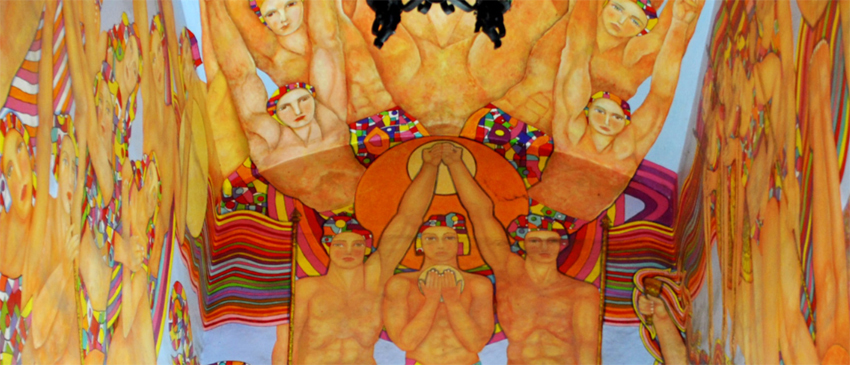
*
Mural and passsageway at the Instituto
*
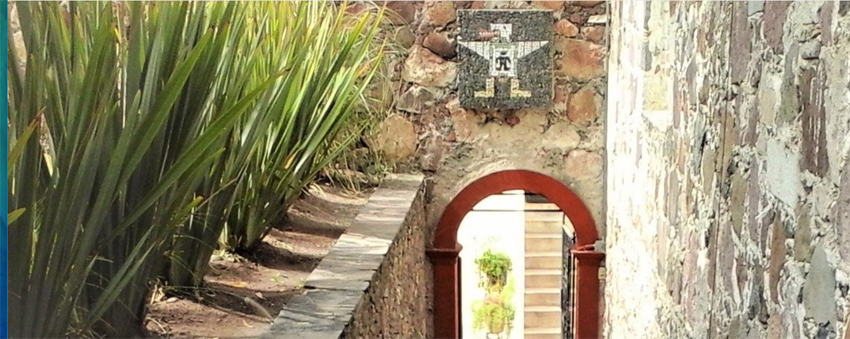
Then, walking up through a passageway, we emerge into a green oasis. The affect of the fountains, lawn and parklike atmosphere is heightened by its contrast with the hectic bustle of the Ancha San Antonio, just in front of the building. Surrounding this refuge, and forming a part of it are the classrooms of the Instituto Allende Escuela de Arte y Español.
I came here to meet Maestro Agapito Jiménez, a master weaver with more than 50 years of experience in the art. I was directed a short way along the back pathway, past various other stone buildings to his studio and classroom. In this classroom, the Mexican Traditional Fabric Workshop, the Maestro has taught for more than 30 years, becoming himself a part of the refuge and of history.
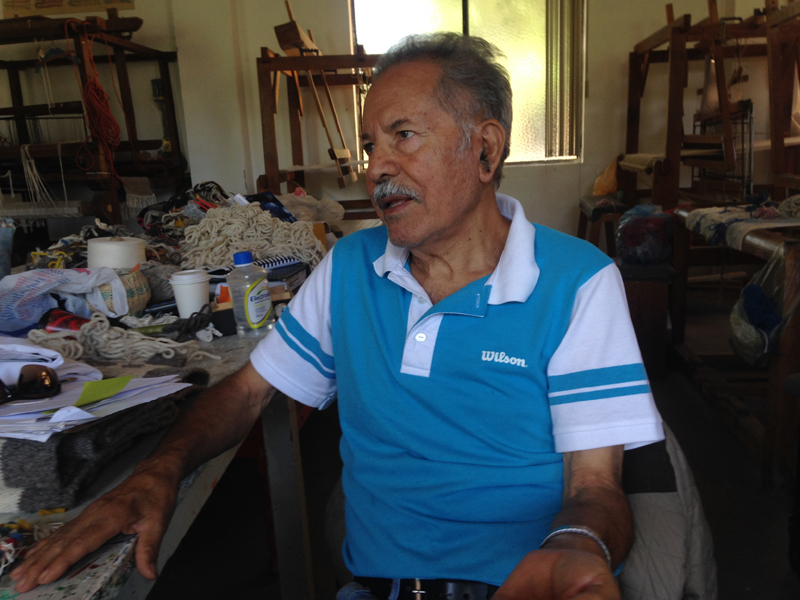

Fascinated by his great knowledge of this art, I asked Agapito where and how he learned it. His response included the entire breadth of his life.
Agapito is originally from a town next to Pozos, here in Guanajuato. As a child he was curious to know the fate of the wool that was sheared from the sheep in his village; “I knew that blankets and gabanes were made, but I didn't know the process.” At age 11, in the search of his path in life, he arrived in San Miguel de Allende. Here he was offered the opportunity to apprentice in the use of the loom; “I was working and learning at the same time, knowing step by step the treatment that is given to wool, from material selection, carding, spinning and coloring.”
I was surprised at the complexity of the processes that he explained. I tried to understand how such work is valued. In these times, where everything is synthetic and made in factories by the tens of thousands, a unique piece like those crafted by him, are invaluable. Don Agapito fondly recalls a buyer in a busy market who paid him for a rug, thrusting the money at him, saying that he would return later that day. Very busy himself, Agapito put the money in his pocket, uncounted, and promptly forgot about it and the sale; “It's a good thing that I didn't sell the rug to someone else.” At the end of the day, when the man returned for his rug, Agapito remembered the sale and counted the money in his pocket. It was three times his asking price for the rug. The buyer refused his attempts to refund part of the payment, insisting that his payment was a fair exchange for the value of the rug.
***
Students of the master
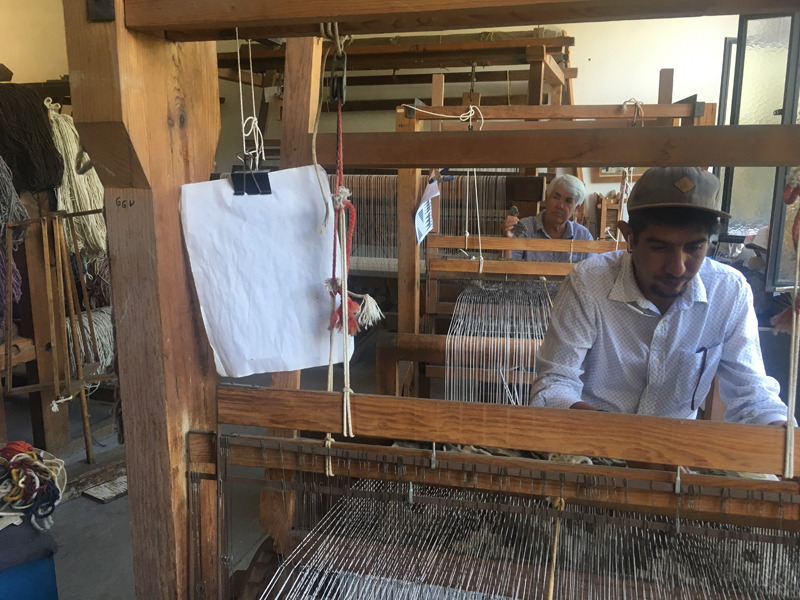
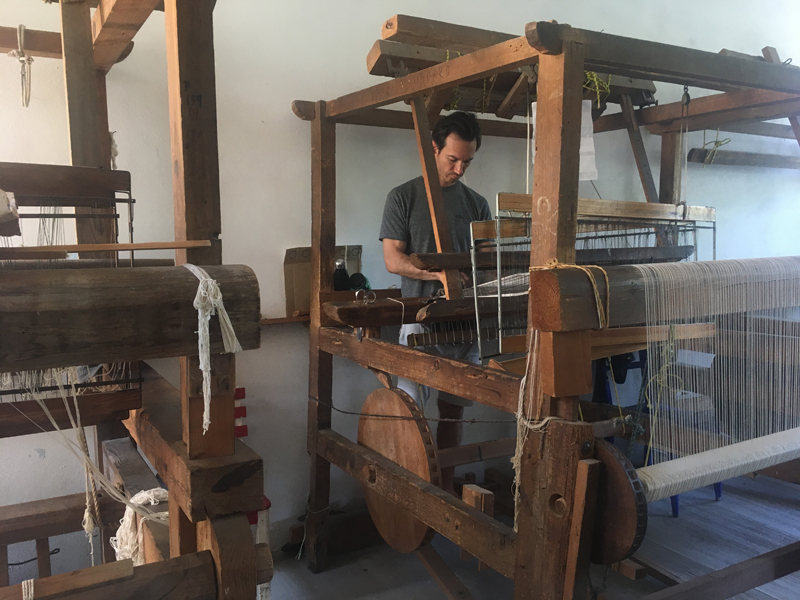
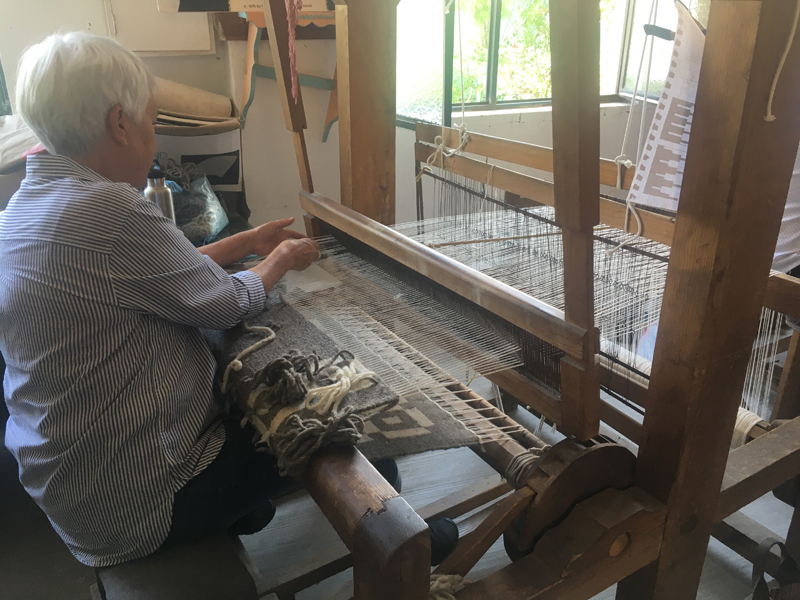
The Maestro remembers that in the 60s here in San Miguel 33% of the population was involved in the textile business. Blankets and cotorinas were the most common products in those days. “People brought wool from their sheep to the weavers, asking them to weave certain items for them. In exchange, while they asked for three items, they brought enough wool to make six. That was the weavers pay.” Currently, Agapito laments, that although there are many individual weavers, here in San Miguel there are only seven institutions left that continue with the tradition of handicraft weaving. Little by little this custom is being lost due to the modernity of our days. Because of this, both the Maestro and the Instituto Allende Escuela de Arte y Español have focused their strength to preserve this significant art.
Knowing more deeply the importance of this tradition, I am again, as in Oaxaca, very tempted to take weaving classes. I still need relief from my obsessive-compulsive tendencies. The opportunity is unique. It would be a privilege to learn from such a great teacher. Perhaps, in some small way, I could weave myself into the history of textile art in Mexico.
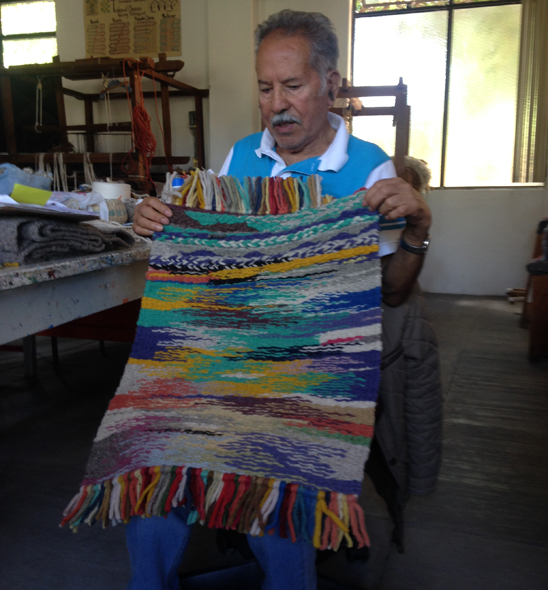
The master with one of his creations
***
Classes at the Instituto Allende Escuela de Arte y Español are open to the public. No previous experience is necessary to take weaving classes. Don Agapito says that in two weeks it is possible to learn how to make a simple rug... and to make it. To make more complicated and larger designs it could take up to six months.
For information about the textile workshop see the website, http://instituto-allende.edu.mx or call (415) 152 09 29 / (415) 152 01 90 or walk under the murals, up the passageway, through the little park and ask for Maestro Agapito.
**************
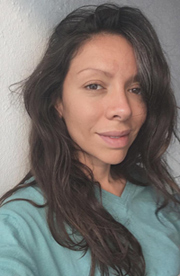
Colette Morya, writer and nomad, is editor of the new Lokkal Community section of San Miguel Sunday.